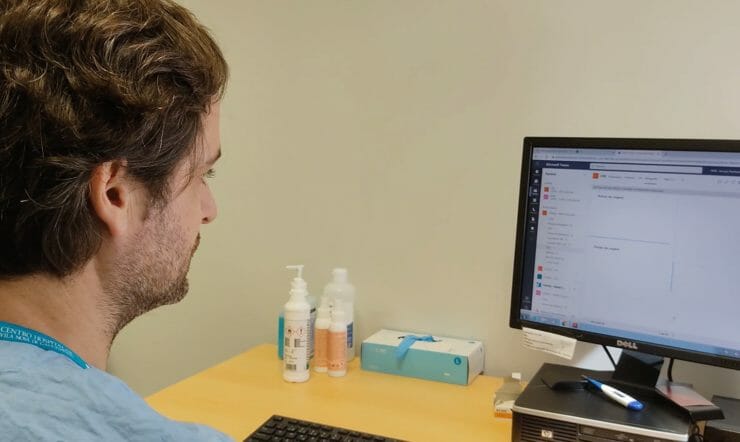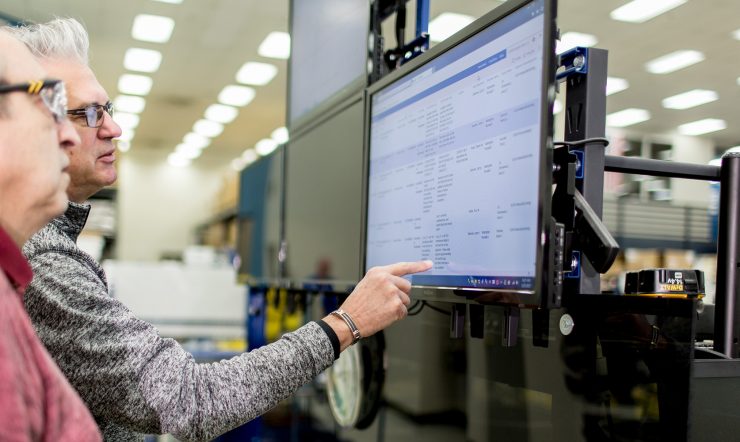These days there’s no such thing as ‘business as usual’. Change and disruption are the new normal. Just think of the changes affecting your organization right now, with new technology and techniques driving new attitudes and expectations from employees and customers alike. Everything is changing.
And the one thing all those changes have in common is speed. It’s happening exceptionally fast. Which is why, for a business to survive and thrive in a fiercely competitive market, it must react with equal alacrity. Especially when making a technological response to a transformational need.
Meeting the need for rapid innovation
‘When change is the new normal’, a 2019 study by Microsoft in partnership with Dr. Michael Parke of the London Business School, corroborates this view. The research shows that 92% of companies have recently faced technological disruption and concludes that now is the time “to double down on workplace innovation to drive growth”. Specifically, it finds that the most pioneering businesses today are actively building bridges across organizational and operational silos. And that empowerment in the workplace continues to be critical for innovation.
So, what is the best way for a business to successfully introduce a new technology or platform?
The 48-hour rollout: Coloplast’s success story
Arguably, there is no right or wrong way. Every organization is different. But Coloplast, a leading life science company famous for introducing the life-changing ostomy bag, decided to do it with a ‘bang’. A big innovative, organizational bang that – just like the scientific theory of the same name – happened incredibly fast. In short, to get everyone in Coloplast working better together they got 8,000 employees worldwide to use Microsoft Teams – in a mere 48 hours.
Microsoft Teams brings together workplace chat, video meetings and file storage in a single, unified platform. Which is exactly what Coloplast required: “What we needed was a solution that would allow our teams to be agile and to collaborate instantly,” explains René Rasmussen, Coloplast’s Vice President of IT Operations & Support. “That’s why Teams seemed like a such a good fit for us.”
What’s more, by achieving this feat of deployment, Coloplast managed to tick the two boxes that the ‘When change is the new normal’ study found to be the hallmark of an innovative business: breaking down silos and empowering employees, all in double-fast time.
How did they do it? There were four key stages…
200 employees from all 43 of the countries in Coloplast’s network started to use Teams and fed back in detail on their e
- A structured and detailed migration plan
Starting on a Friday evening, the plan was so meticulously thought out that migration ran ahead of schedule and was complete by Sunday afternoon. On Monday morning when 8,000 people returned to work, the IT team waited nervously by their helpline. Hours passed. The first call was at 11.30: it was an amazed support manager asking if the feedback was correct that no-one had called the helpline. There were only six other calls that week.
To help their colleagues adapt to Teams, the 200 participants of the pilot became ambassadors during the wider migration process.
- An official feedback loop
Feedback was encouraged – urging employees to share their thoughts about features that could be added or improved. This helped established a culture of continuous improvement.
Conclusion
What Coloplast proved so convincingly was that even a global operation with thousands of employees can complete a rapid roll-out if all the right processes are in place. Proper planning really works, but only if it fully considers the human as well as the technical implications of change. Read the full Coloplast story.





















